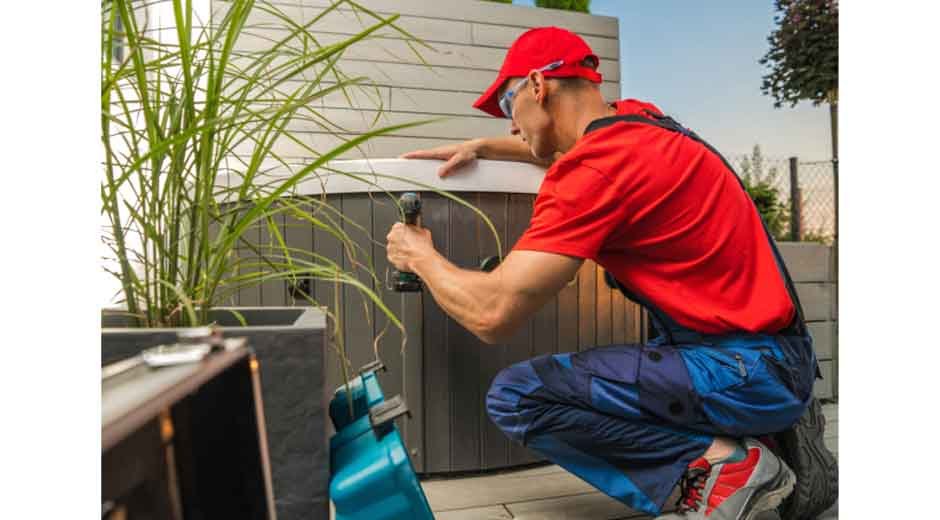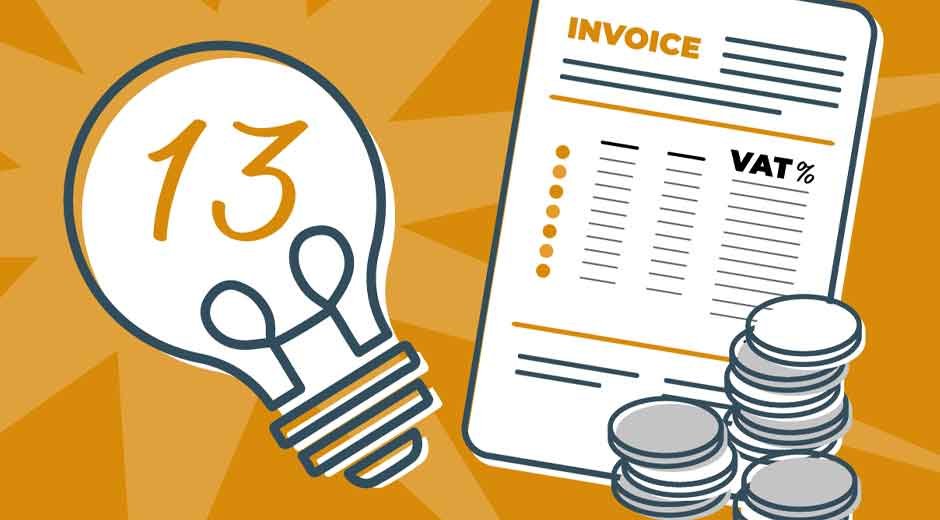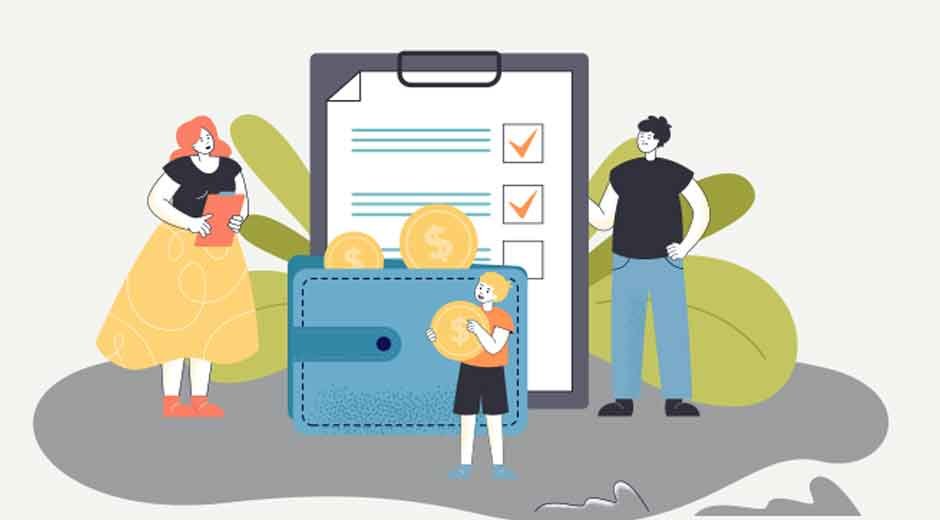Elderly Mobility Scale Calculator and EMS Interpretation
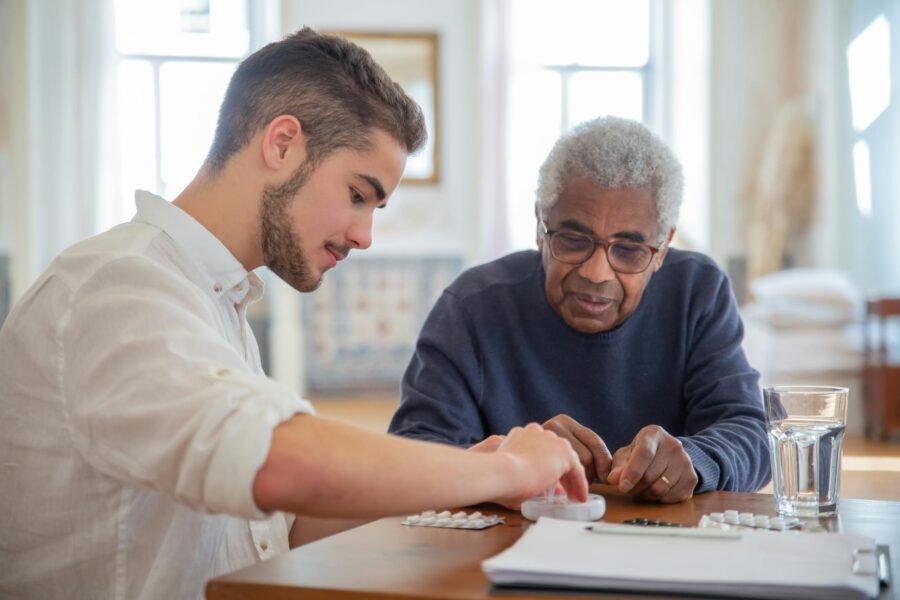
As physical therapists, evaluating mobility is a critical part of our patient assessments. Mobility limitations can drastically impact an older patient’s ability to complete activities of daily living and live independently. One valuable mobility assessment tool is the Elderly Mobility Scale (EMS).
In this blog post, I’ll provide an overview of the EMS, discuss how to score it, share a handy EMS calculator online, and provide a case study showing the EMS in action. Read on to learn more about this useful mobility assessment.
What is the Elderly Mobility Scale?
The Elderly Mobility Scale (EMS) is a validated mobility assessment tool designed specifically for frail older adults (65+ years) in hospitals, rehabilitation facilities, outpatient clinics, and home health settings. It was first published in 1994 by Dr. Rosalie Smith to create a functional mobility scale to capture meaningful change in elderly patients over time.
The EMS evaluates seven important mobility tasks:
- Lying to sitting
- Sitting to lying
- Sitting to standing
- Standing unsupported
- Gait
- Timed 6-meter walk
- Functional reach
Patients are scored from 0-2 or 0-3 on each item, for a total possible score of 20. Higher scores indicate better mobility. The EMS takes about 15 minutes to complete. Minimal equipment is needed – just a stopwatch, tape measure, bed, chairs, and the patient’s typical walking aid.
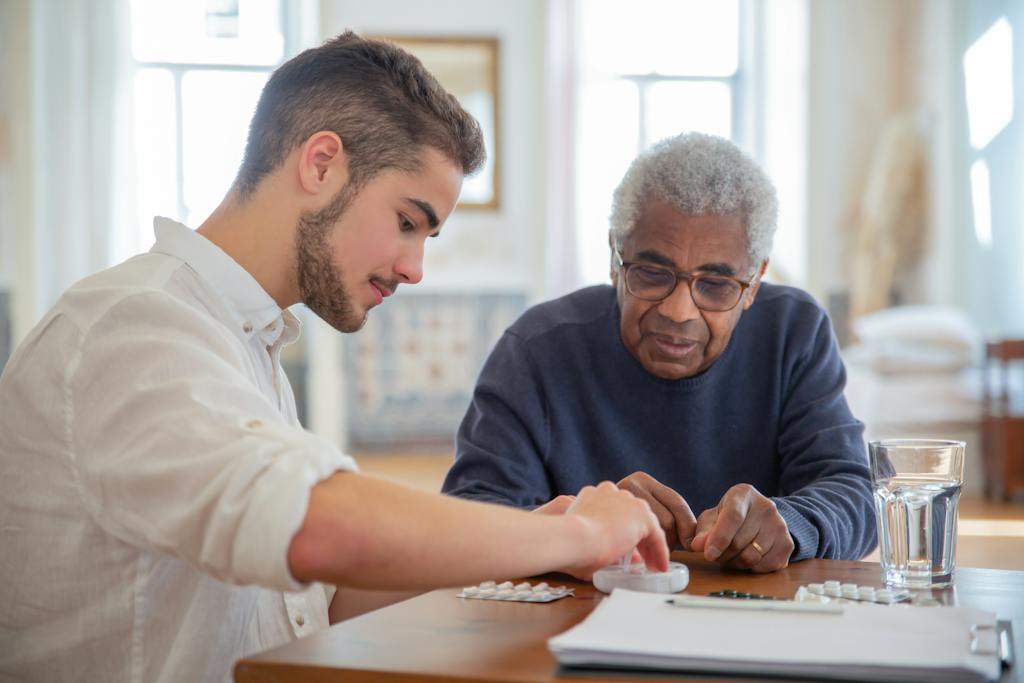
Why Use the Elderly Mobility Scale?
The EMS has numerous advantages as a mobility tool for older adults:
- Evaluates functional, mobility-related tasks that are personally relevant for community-dwelling elders
- Good interrater and test-retest reliability
- Correlates well with other mobility scales (Barthel Index, Functional Independence Measure)
- Sensitive to change over the course of rehabilitation
- Easy to understand 20-point scoring system
- Quick and simple to administer after minimal training
- Requires little space and affordable equipment
The EMS has high clinical utility for assessing baseline status, documenting progress, justifying intervention, and making discharge recommendations for older patients. And unlike joint-specific tools (e.g., knee/hip osteoarthritis scales), the EMS captures overall mobility, a key factor in determining discharge placement and independence.
Scoring and Interpreting the Elderly Mobility Scale
The EMS measures seven mobility tasks on an ordinal scale from 0 to 2, or 3 points per item. A score of 0 represents dependence on that task, while higher scores indicate increasing levels of independence.
Here’s a quick overview of the scoring for each item:
- Lying to Sitting:
- 2 points: independent
- 1 point: needs help from 1 person
- 0 points: Needs help from 2+ people
- Sitting to Lying:
- 2 points – Independent
- 1 point – Needs help from 1 person
- 0 points – Needs help from 2+ people
- Sitting to Standing:
- 3 points – Stands independently in <3 seconds
- 2 points – Stands independently in >3 seconds
- 1 point – Needs help from 1 person
- 0 points – Needs help from 2+ people
- Standing Unsupported:
- 3 points: no support needed to stand and reach
- 2 points – Stands without support but needs support to reach
- 1 point: stands but needs supervision
- 0 points – Needs physical assist to stand
- Gait:
- 3 points – Independent walking with no aid or 1 stick
- 2 points – Independent with walker/frame
- 1 point – Uses aid but unsafe/unsteady gait
- 0 points: Needs physical help or constant supervision
- Timed 6-meter Walk:
- 3 points: 6 meters in <15 seconds
- 2 points: 6 meters in 16–30 seconds
- 1 point: 6 meters in >30 seconds
- 0 points: Unable to cover 6 meters
- Functional Reach:
- 4 points: Reach >20 cm
- 2 points: Reach 10–20 cm
- 0 points: Reach <10 cm
Total Possible Score = 20 points
Interpreting the EMS Score
- 14+ points: independent for discharge home
- 10–14 points: may need supervision or assistance for mobility and ADLs
- Below 10: Dependent, requires high level of assistance
How to Use the Elderly Mobility Scale Calculator?
To make EMS scoring easy, I have created an Elderly Mobility Scale calculator. Simply select the patient condition in the online calculator attached above, and it will instantly calculate the total EMS score.
I’ve found using the EMS calculator helpful for quickly computing scores during assessments and across episodes of care. Download it now using the button below:
The EMS in Action: A Case Study
Let’s look at how the EMS was used to track mobility outcomes for a sample patient, Mr. A, age 83:
Mr. A was admitted to an elderly medical unit with an exacerbation of COPD. His chronic low back pain also worsened, making mobilization difficult. At admission, nurses assisted Mr. A with all personal care and mobility. The goals were to improve mobility and return home without additional social services.
The physical therapist performed an initial EMS evaluation, with Mr. A scoring 3/20, indicating total dependence. He participated in daily PT for 3 weeks, working on ROM, lower extremity strengthening, balance exercises, transfers, and walking endurance. He also practiced ADLs with occupational therapy.
At discharge, Mr. A was reassessed with the EMS. His score improved from 3 to 13 points—still not fully independent but much less dependent. The chart below shows Mr. A’s EMS scores improving across the 3 weeks before returning home with social services.
Mr. A’s EMS Scores Over Time
Admission: 3 points Week 1: 7 points Week 2: 12 points Week 3: Discharge: 13 points
The EMS was useful for establishing Mr. A’s severe mobility limitations initially to justify therapy services. Then, the scale demonstrated significant measurable progress throughout his rehabilitation program to show positive functional outcomes.
Summary
The Elderly Mobility Scale provides PTs with a quick, reliable way to evaluate mobility for older adult patients in multiple settings. It assesses functional tasks directly related to living safely at home, and scoring only takes minutes.
I encourage you to try using the free Elderly Mobility Scale calculator and sample case study to become more familiar with administering the tool. Please reach out with any questions!

